A community of organisms that live in a particular area, along with their nonliving surroundings. This includes abiotic and biotic factors.
What is an ecosystem?
These organisms produce energy through the use of photosynthesis.
What are plants/producers?
The two major types of aquatic biomes. Give an example of each.
What are freshwater and marine?
Freshwater: lakes, rivers, streams
Marine: oceans, reefs, shores, estuaries, etc.
Based on this concept, killer whales acquire more toxicity than penguins or elephant seals.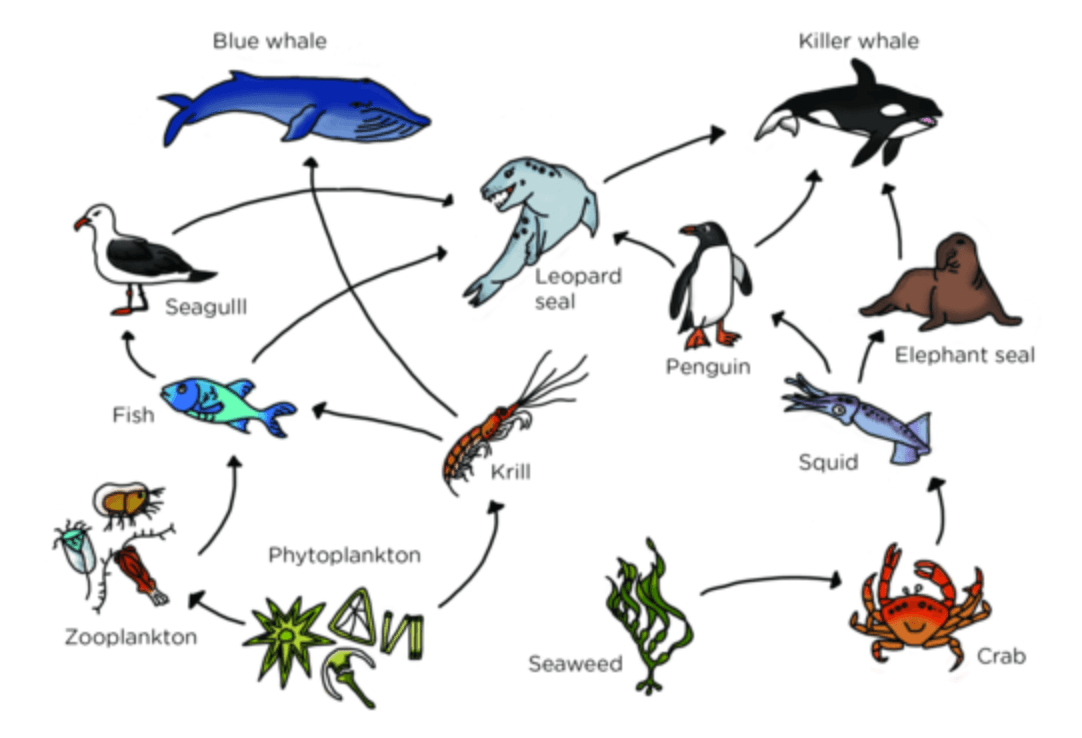
What is biomagnification?
A carnivore that feeds on the bodies of dead organisms.
What is a scavenger?
Hurricanes, drought, temperature are categorized as this type of factor that can affect population growth.
What are density INdependent factors?
These organisms are primary consumers: 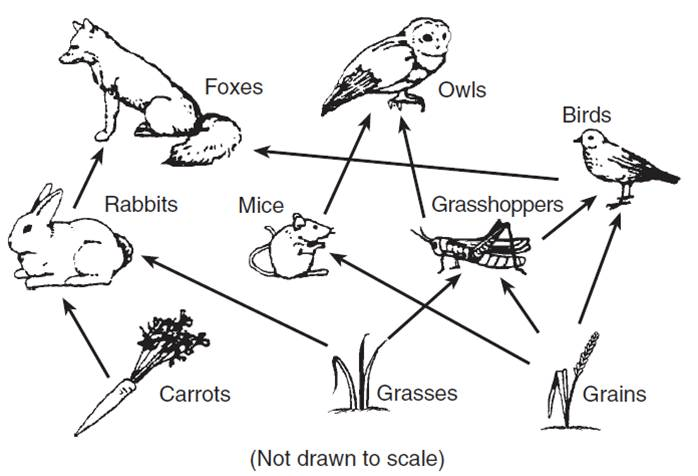
What are rabbits, mice, & grasshoppers?
The biome you would be in if you were standing on a bitterly cold, dry plain with little to no rain and no plants around.
What is the tundra?
Based on the concept of bioaccumulation, this primary consumer acquires the most toxicity based on the given food web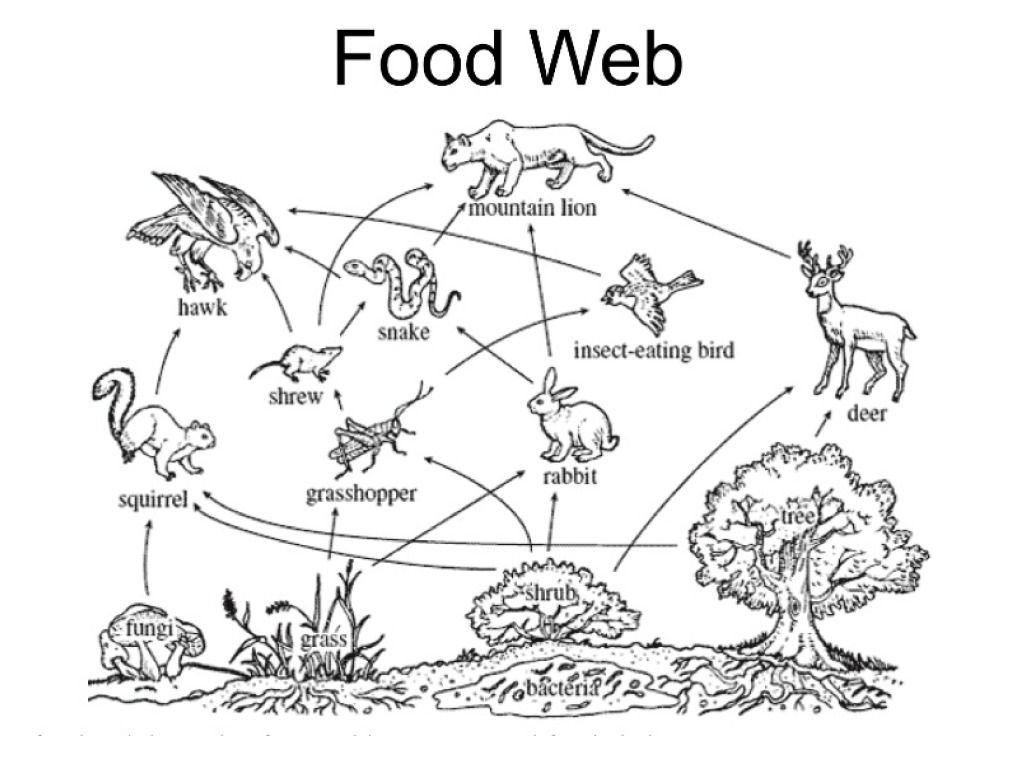
What is the squirrel?
European rabbits were brought to Australia in the late 1800's for hunting. They were termed a certain type of species because within decades, the rabbits spread across the entire continent hurting native species and crops.
What is an invasive species?
The maximum population size that an environment can sustain is called ______________.
What is it for "Species 5" shown in this graph?
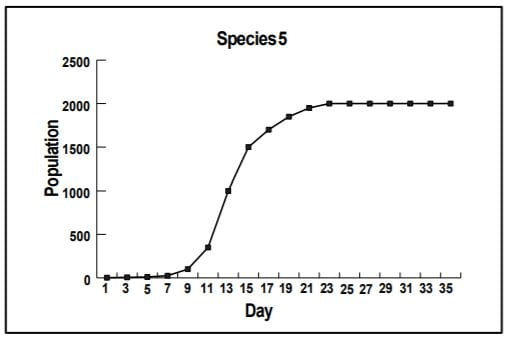
What is carrying capacity?
Species 5: 2000
The term given to a species that plays a very important role in an ecosystem- especially compared to its population size. The ecosystem would fall apart quickly if this species disappeared. Often, but not always, an apex predator.
Give an example AND explain.
What is a keystone species?
Ex. Sea otters, wolves, etc.
Hot and dry biome that you live in, formed by which atmospheric cells.
DAILY DOUBLE!
What is a desert?
What are Hadley and Ferrel cells?
DAILY DOUBLE QUESTION: What specific type of desert to we live in?
True or False.
Within the same trophic level, the more food sources an organism consumes, the more toxicity it acquires.
TRUE!
Beavers are an example of this type of species. Explain why.
What are foundation species?
Beavers are often considered "ecosystem engineers" because they create habitats for other organisms by building dams.
Density-dependent factors that can affect growth rate of a population .
What are diseases, predation, and competition for resources?
In this food web, leopard seals belong in this trophic level.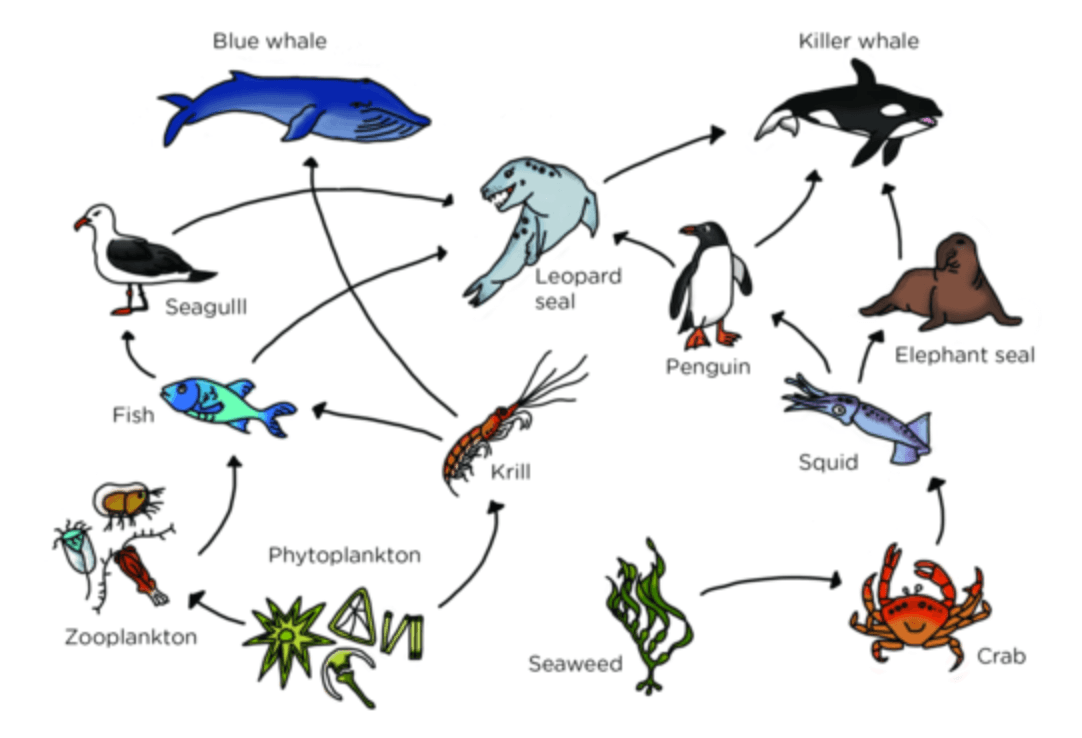
What is quaternary consumer?
The name given to trees that lose their leaves during the fall/winter VERSUS the name given to trees that have needles/cones.
What is a deciduous tree?
What is a coniferous tree?
Seals eat 100 pounds of fish a day. Due to polluted water, fish contain 0.5g of toxins/lb. How much toxin do seals consume?
50g of toxin per day
Draw and label the 3 types of survivorship curves. Name an organism that is an example of each.
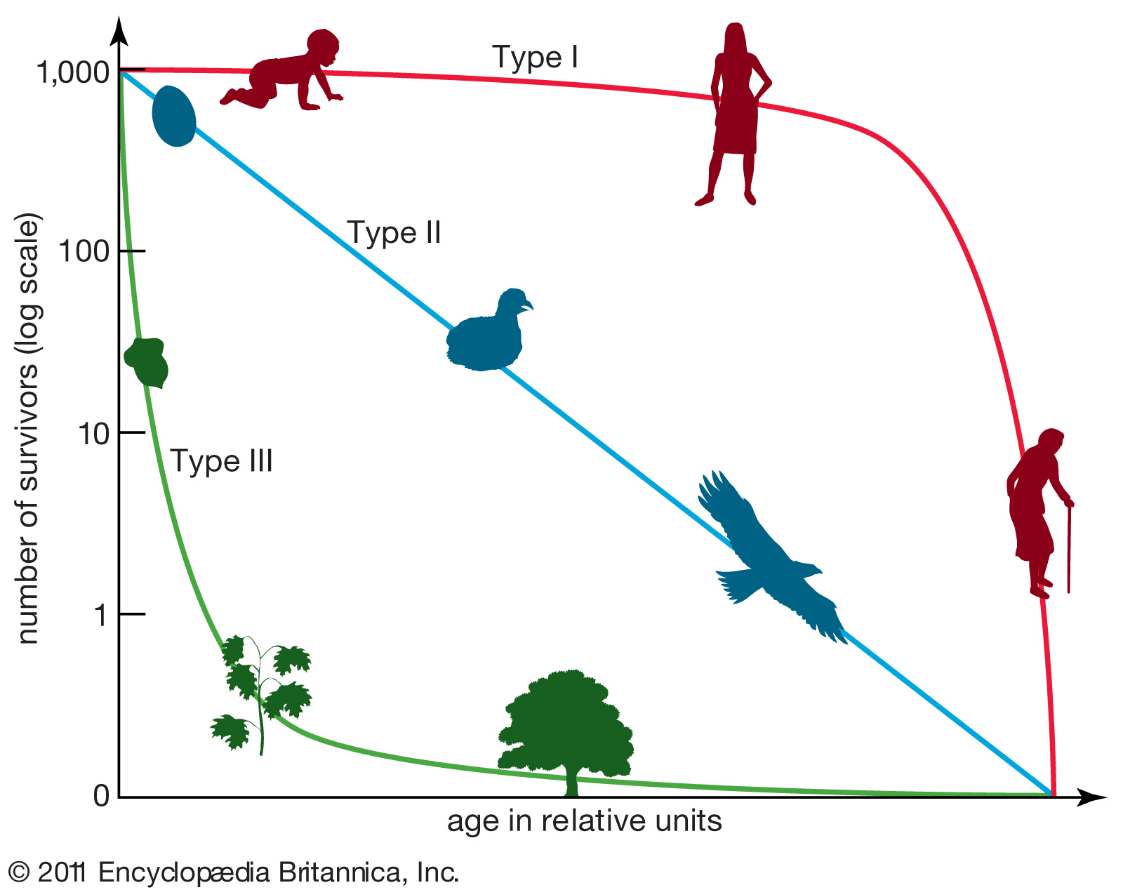
Konar, author of the sea otter research, suggests that these two factors are essential in determining the effects of so-called keystone species.
What are density threshold and occupation time?
This is a diagram that shows the amount of organisms living in different trophic levels.
Compare a terrestrial vs. an aquatic ecosystem diagram.
What is a biomass pyramid?

The atmospheric cells that help form rainforests. Explain HOW & give THREE descriptions of this biome.
What are Hadley cells?
Warm air rises from the equator and cools as it moves toward the poles. As it cools, moisture precipitates and forms rain.
Humid, hot, lots of shade, near equator, high biodiversity
Wild cats eat 100g of rabbits and 50g of mice. Rabbits contain 5ug of toxins per gram and mice contain 2ug of toxins per gram. How much toxicity do wild cats consume?
600ug of toxins
The three types of symbiosis- give a real life example of each.
What are mutualism, parasitism, and commensalism?